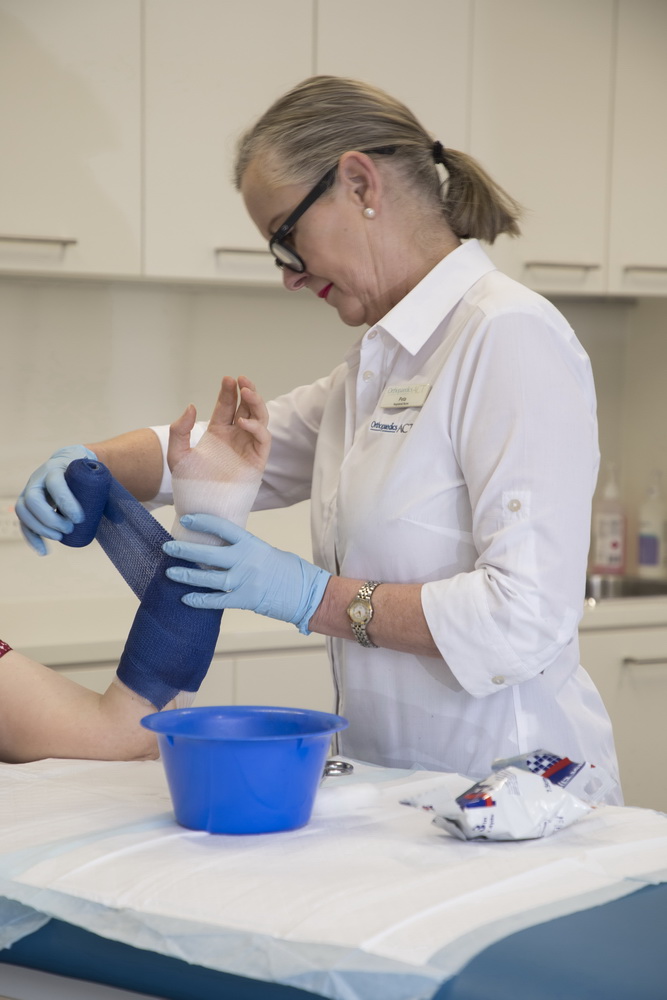Normal anatomy of the hand
The hand is made up of 8 Carpal Bones and multiple metacarpals and phalanges. It is a complex system allowing both power grip and light touch.
Trigger Finger
The flexor tendons of the thumb and fingers pass through a sheath on the palm side of the hand. Certain diseases and overuse activities can cause a thickening of this sheath. As the tendon passes through a thickened sheath, the tendon eventually becomes irritated and swells causing pain, catching and eventually locking of the finger. Early treatment consists of anti-inflammatory medication or a Cortisone injection. If these fail to provide relief, the sheath is opened surgically through a small incision at the base of the finger.
Dupuytren’s Contracture
This disorder is a thickening of a fascia in the palm, resulting in nodules which, if severe enough, can cause an inability to fully straighten the fingers. The ring and small fingers are the fingers most commonly involved. The cause of this disorder is unknown. It is seen more commonly in men and is usually found in individuals of northern European extraction. If the deformity is mild and there is no functional loss, a conservative non-operative approach is adopted. If, however, there is significant contracture that interferes with use of the hand, surgical removal is the treatment of choice to improve function and to prevent further deformity. Recent advances have been the use of Collagenase Injection which is suitable in specific cases of Dupuytren's contracture. No surgery is required and recovery is much faster.
De Quervain’s Tenosynovitis
Tendonitis on the thumb side of the wrist can be a very painful and disabling condition making simple pinching and twisting activities almost impossible. The tendons to the thumb become inflamed as they pass under a ligament and the slightest motion of the wrist can cause pain. Treatment consists of rest, medication and occasionally the use of a steroid injection. If these treatments do not provide relief over time, the tendons can be surgically released.
Carpal Tunnel Syndrome
Carpal tunnel syndrome is a common hand problem resulting from pressure on the median nerve at the wrist. Symptoms, which are often worse at night, consist of numbness and/or pain in the wrist and fingers. Eventually, there is loss of strength, fine motor control and sensation. Early treatment consists of splinting and anti-inflammatory medication. If symptoms do not improve, an outpatient surgical procedure to relieve the pressure on the nerve is suggested. This is commonly done as an endoscopic (key hole) procedure, and recovery is rapid. Therefore both hands may be operated on at once.

